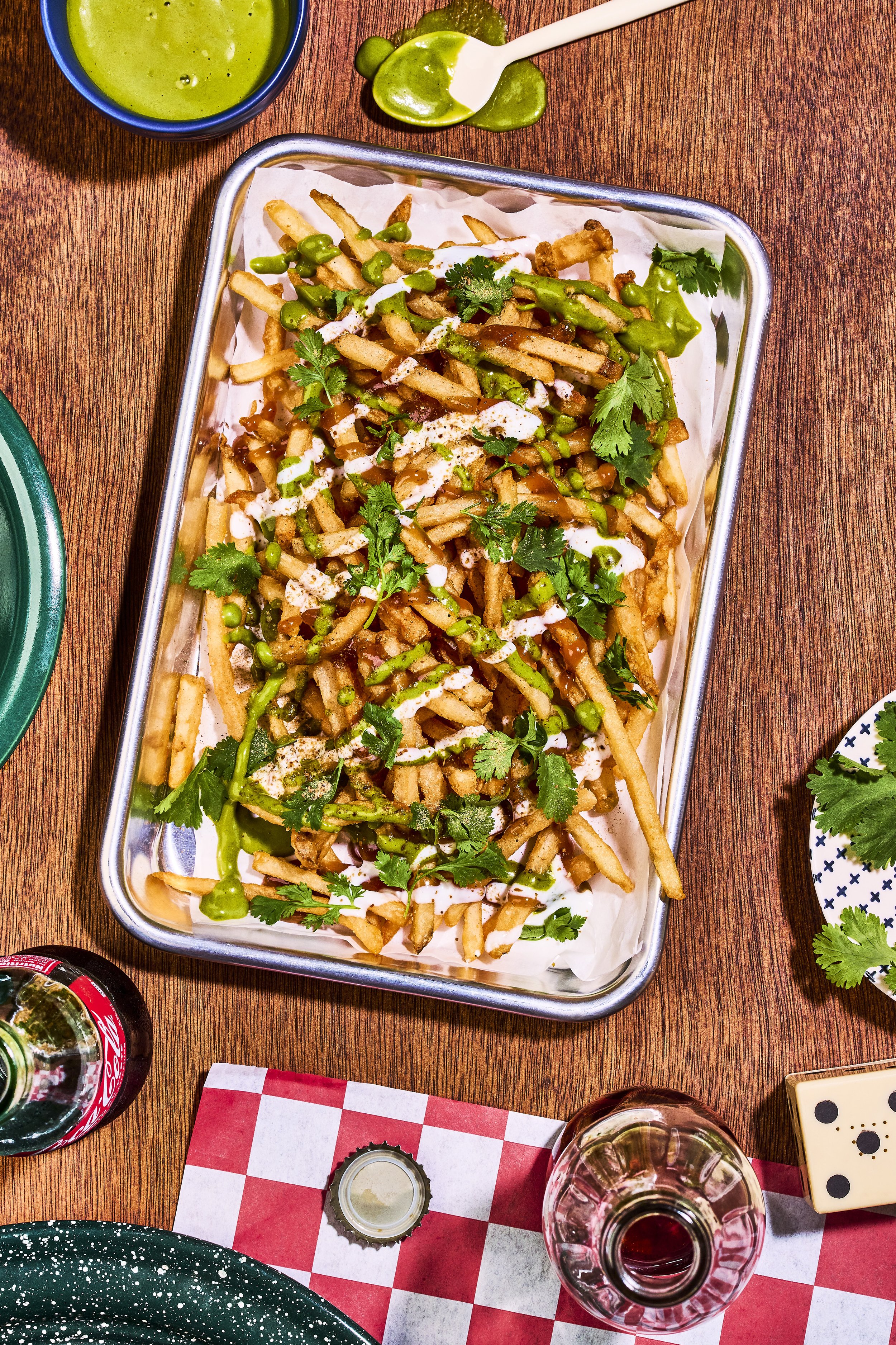Tips and Tricks for Creating a Stunning Food Stylist Portfolio
Being a food stylist is all about making food camera-ready. But your creations aren’t the only things that need to look good if you want to start booking clients. A stunning food stylist portfolio is necessary for any serious professional. Not everyone possesses the eye or the technical know-how to develop their own professional food stylist portfolio. However, with the right tips and tricks, anyone can create one. If you have been procrastinating on your portfolio creation or are unhappy with your current one, this blog is for you!
The Importance of Building a Food Stylist Portfolio
The internet has made marketing more competitive than ever. Anyone searching for a food stylist is instantly presented with hundreds, if not thousands, of options. In a seething sea of search results, you have to—as cliché as it sounds—stand out. What keeps a client from bouncing off your page and clicking on the next available stylist is often your portfolio. Don’t lose business by poorly presenting your work.
Bollywood fries from Good Ducking Burger, Photography by Kate Grewal, Props and Art Direction by Limonata Creative, Food Styling by Diana Jeffra
Mozzarella Cheese Stick from Sergios, Photography by Joey Wharton, Food Styling by Diana Jeffra
Tips and Tricks For a Professional Food Stylist Portfolio
If you are ready to wow future clients, check out these tips and tricks for building a food stylist portfolio:
1. COLLABORATE WITH VARIOUS PHOTOGRAPHERS
Often, creating a wow-worthy portfolio is not something you do alone. Finding the right photographer to support its creation is an important first step in achieving an exceptional final product. You may be able to make food look appealing, but conveying that through photos requires the work of another professional.
Never worked with a food photographer before? It’s not difficult to find one. Plugging “food photographer” into Google will present you with many professionals, both new and seasoned. Helping out another new artist through a meaningful collaboration is always a wonderful option. That being said, it is okay if you feel more comfortable choosing a veteran photographer. Just keep an open mind and judge photographers based on their work and their promptness and etiquette in communication rather than years of experience.
Also, don’t forget to give credit to your photographer and anyone else who assisted you with your portfolio when it is complete. Whether you are posting your work on social media or crafting a webpage, it is always ethical to use proper attributions.
Gin and Tonic Photography by Kate Grewal, Beverage Styling by Diana Jeffra
Photographer Kate Grewal, Food Stylist Diana Jeffra
2. BE BOLD AND EXPERIMENT WITH NEW IDEAS
Have you ever watched a movie or read a book and thought, “That’s been done before”? No one ever says that as a compliment, especially clients. Clichés and overused ideas are boring at best and aggravating at worst.
When a client looks at your portfolio, you want them to be dazzled by the uniqueness of your work.
Try your best not to create boilerplate material for your portfolio. Instead, be bold and experiment with new ideas. If you have ever hesitated to do certain things as a food stylist because you thought no one had ever done them before, this is the time to embrace rather than throw away those quirky concepts. That might mean using unconventional angles, settings, and lighting, or even combining unusual food choices.
3. DO NOT DIRECTLY COPY OTHER ARTISTS
Not only is copying other food stylists’ work unethical, it is also unbeneficial for you. Copying others doesn’t help you grow as an artist. And when you try too hard to imitate others, inevitably you end up with the boilerplate portfolio we warned about above. As corny as it sounds, embrace your uniqueness and respect the individuality of others.
Photography by Kate Grewal, Food Styling Diana Jeffra
4. CATER TOWARD YOUR DESIRED CLIENTELE
When building a food stylist portfolio, catering toward your desired clientele is just as important as showcasing photos of artfully arranged food. Know the type of customer you want to attract before you decide which photos to include. Want to work within the fast food industry? Create samples of crave-worthy burgers and fries. Longing to spend your days frosting cakes and stacking cookies? Create samples of baked goods that will make sweet lovers drool.
5. MAKE SURE YOUR WEBSTE IS USER-FRIENDLY
Ever clicked off a website in a huff because it wasn’t loading fast enough? Today’s technology users are accustomed to instant gratification. If a webpage or photo takes more than a few seconds to load, most people leave the site.
Ensuring your portfolio loads quickly and is mobile-friendly is one of the easiest ways to keep potential clients on your webpage.
Let Culina Creative Be Your Go-To For Food Styling Advice!
We hope this blog has helped you gain the tools and the confidence you need to create a stunning food stylist portfolio. The Culina Creative team is proud to offer informative resources for new and aspiring food stylists. Follow owner Diana Jeffra on TikTok, Pinterest, and Instagram for more tips and tricks! And don’t forget to check back in for monthly blog posts.






